#artist is bernat martorell
Explore tagged Tumblr posts
Text
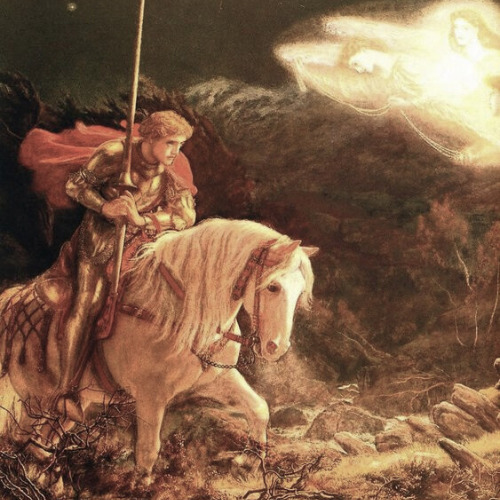












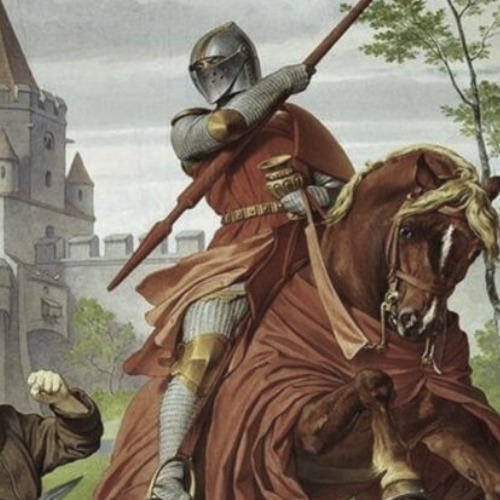

"i hear jerusalem bells a-ringin', roman cavalry choirs are singing, be my mirror, my sword and shield, my missionaries in a foreign field, for some reason, I can't explain, i know saint peter won't call my name, never an honest word, but that was when I ruled the world."
#artist is arthur hughes#cant find the artist but i know it's from a book#artist is peter paul rubens#artist is henri felix emmanuel philippoteaux#artist is karl von blaas#artist is adolf schreyer#artist is titian#artist is martin wiegand#artist is frank dicksee#artist is bernat martorell#artist is carlo crivelli#artist is gustave moreau#-cant find artist#---cant find artist#artist is thomas mackenzie#art history#artedit#arthistoryedit#art#a knight & his horse#like a dragon and his rider
840 notes
·
View notes
Text

Saint George Killing the Dragon
Bernat Martorell
Tempera on panel, 1434/35
88 notes
·
View notes
Text
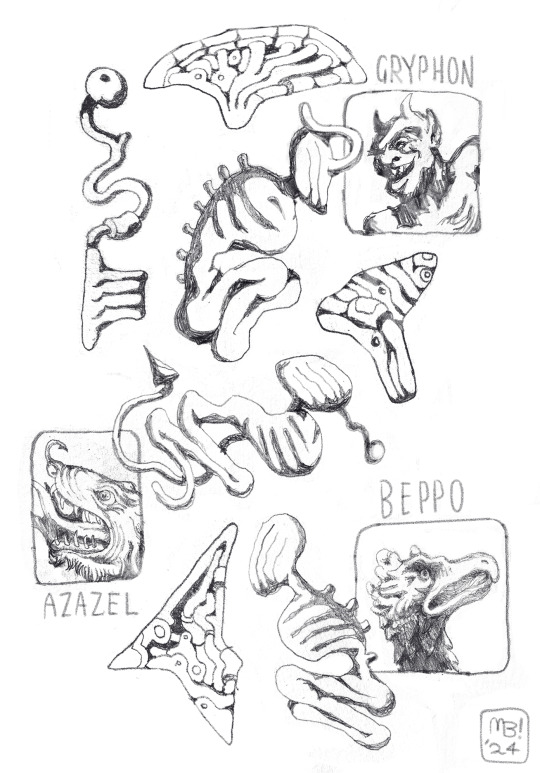
Three Biomechanical Devils (This illustration features three drawings referencing artworks by other artists: 'Gryphon' is from a fantastic mural by Josep Maria Sert i Badia in the San Telmo Museoa in Donostia/San Sebastian; 'Azazel' is the face of the Dragon from Bernat Martorell's 'Saint George and the Dragon'; and while I'm not sure who the sculptor is, 'Beppo' is the head of a stone Eagle from the grounds of the Cliveden Estate in Buckinghamshire that I photographed in 2016)
#illustration#pencil drawings#sketchbook#creature design#demons#biomechanical#blobby boys on patrol#blobby boys take you on a little art history tour
31 notes
·
View notes
Text
When I see old paintings like this one, I sometimes wonder what the artist thought of it. Like, what part was Bernat Martorell most happy with? Was there anything he wish he'd done differently? Did he feel satisfied and finished with this one or was he just sick of it and glad to be done with it?
Also, Bernat Martorell did some really detailed stuff. I wonder what he was like as a person.
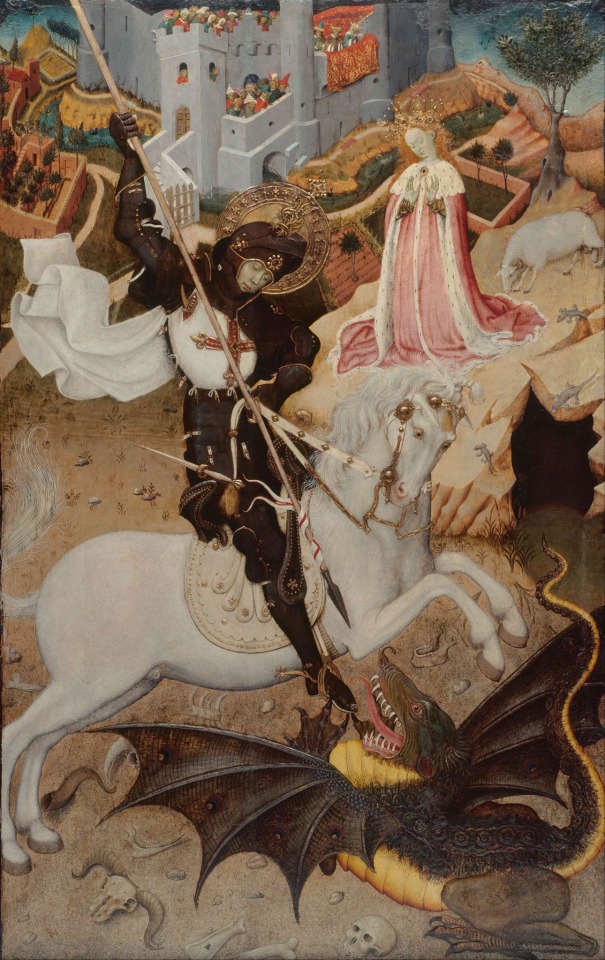
Saint George Killing the Dragon (1434–1435), by Bernat Martorell
4K notes
·
View notes
Photo

Saint George and the Dragon, Bernat Martorell (Spanish, about 1400–1452), 1434/5
Tempera on panel
#art history#history of art#Bernat Martorell#spanish art#spanish artist#painting#paintings#tempera#renaissance#renaissance art#15th century#15th century art#1400s#1400s art#art institute of chicago#uploads
196 notes
·
View notes
Text

Detail from Saint George and the Dragon
Date: 1434/35
Artist: Bernat Martorell
Spanish, about 1400–1452
0 notes
Text
When adding up quite a few of the clues that the zodiac has left over time to give us an idea of his name you find certain things that when linked together they tell a story. All of these things point to the name George. I was first clued into this while researching ideas about a certain comic book linked to The Zodiac Killers Halloween Card.
Let’s look at the Tim Holt’s Issue #30 Lady Doom Comic Book.
This comic book has been linked to the zodiac killer. It is said to be an inspiration for his work on the 1970 Halloween Card he created which is said to have his name hidden within the card.
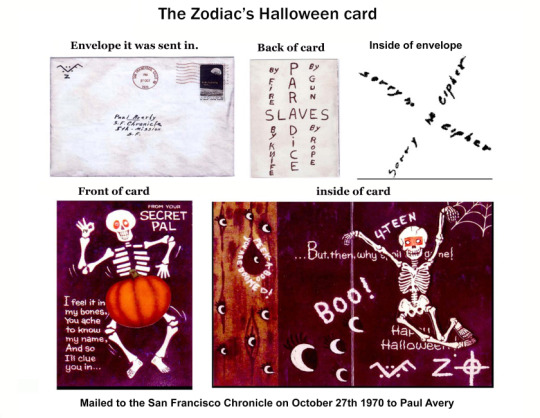
Learn more about the Halloween Card here.
It would seem the Lady Doom comic is all about a wheel of torture and death.
If you look at page #8 and #9 of the comic book you see the REDMASK is placed on an actual wheel of torture.


On page #9 I also noticed REDMASK is freed By a Knife! This could be a clue to part of the Halloween Card solution for those interested.
Through some of my research while I was working on the Halloween Card I believe the Zodiac Killer was trying to depict himself as REDMASK by showing his initials within the skeleton that had the red mask. The second skeleton on the card I believe is his Secret Pal.
You can find some of my work on the Halloween Card here.
While I did come to a different name conclusion I do believe he wanted to confuse us by changing his names around over time all while giving us clues to his different names.
Linking the wheel of torture to the name George.
Here is depicted Saint George being tortured upon a wheel.
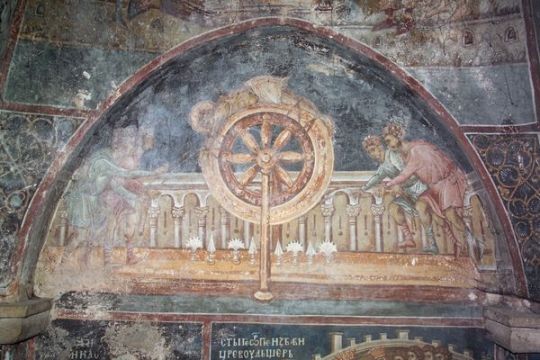
YSt. George being tortured on the wheel, from Decani Monastery
Learn more about Saint George on the wheel here.
This one clue alone is not much to go on so i did a little more digging about Saint George and I found other interesting links associated with things the Zodiac Killer sent over time.
The Zodiac Killer would use a symbol of a circle with a cross as part of his .

Saint George’s is well known under the term Saint George’s Cross.
Symbols associated with St George. St George’s Cross is a red cross on a white background, (red as the colour of blood symbolizing the martyr)
Here he is depicted with his shield and cross.

Byzantine icon of Saint George, Athens, Greece.
The term “Saint George’s cross” was at first associated with any plain Greek cross touching the edges of the field (not necessarily red on white).[66]Thomas Fuller in 1647 spoke of “the plain or St George’s cross” as “the mother of all the others” (that is, the other heraldic crosses)
Another card the Zodiac Killer Left us with is the 1970 Dragon Card.

Learn more about the Dragon Card here.
This card was received in the mail on April 28th in 1970. It just so happens that Saint George’s Day is celebrated on the 23rd of April, only five days before this card was received.
First notice the bag being carried on the donkey. It is also similar to saint george’s cross symbol.
Saint George is also well known for being the slayer of dragons.
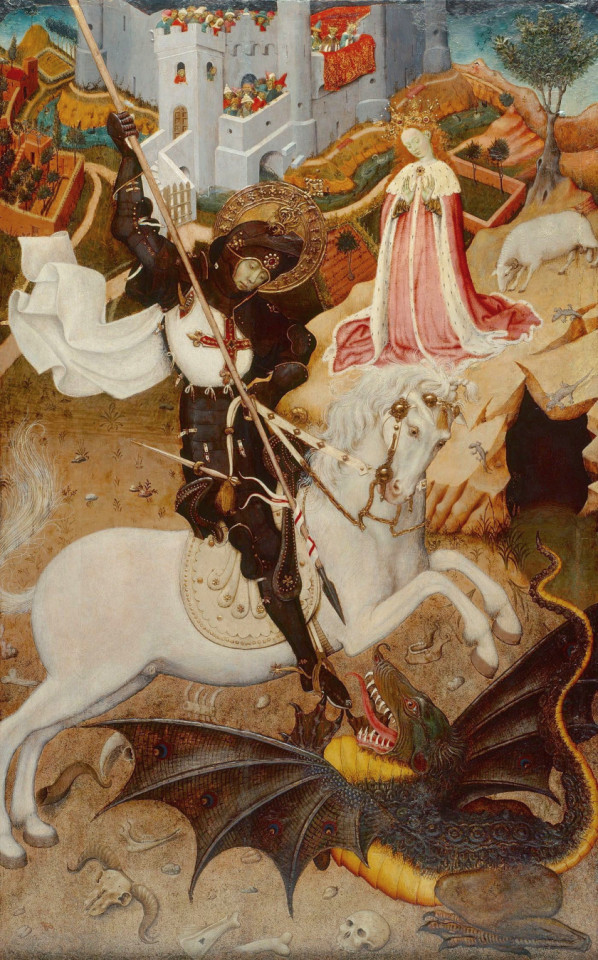
Saint George Killing the Dragon, 1434/35, by Bernat Martorell
The traditional iconography of George is based on his most famous miracle – the killing of the dragon. As narrated in the Golden Legend by Jacobus de Voragine (also known as Legenda Aurea by Jacopo da Varagine), the event is well-known: Selem is besieged by a horrible monster and, to keep it away from the Libyan town, the citizens drew lots to decide whom among the youngest in town to sacrifice to the monster. As the daughter of the king has to be sacrificed, St. George appears riding his horse and he manages to neutralise the dragon (the scene immortalized by artists). He then invites the princess to rope the dragon, now domesticated, to lead it into the town: witnessing this prodigious event, the king and the whole population converted to Christianity and, at the end, the dragon is killed.
Learn more about Saint George the dragon slayer here.
Linking all of these clues together.
One of the last clues to go together with this mix is the 1990 Eureka Christmas Card.

The Eureka card was sent much later than many of his others. I believe he went by one name when he sent the Halloween Card but then also gave more hidden clues to the name he was going to change his name to in the future. The Eureka card might tie this theory together.
Learn about the Eureka Christmas Card here.
In the Christmas card he clues you in to the letter G with imagery as well as what is written within the card. The main focal point of the text is the letter G.
FROM YOUR SECRET PAL.
CAN’T GUESS WHO I AM YET?
WELL LOOK INSIDE AND YOU’LL FIND OUT…
…THAT I’M GONNA KEEP YOU GUESSIN!
HAPPY HOLIDAYS, ANYWAY
I believe the Zodiac Killer used tequniques of steganography and pareidolia when creating his codes.
Looking at the imagery with an artists eye you can depict G’s as well.
The card even leaves out the G at the end of the word Guessing. Instead it says “Guessin’!” Also if you count the letters of the word “Guessin” you get the number 7. Counting from the letter A in the alphabet, the seventh letter is a G.
Sent with the card was also a xerox photo of an image of two keys.
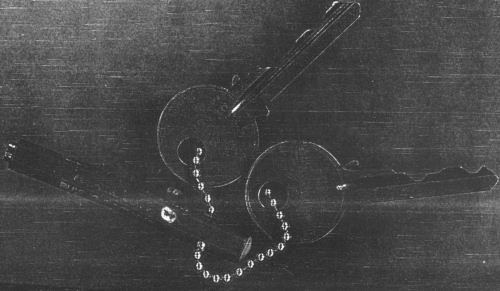
Two keys could be a code for you need two keys to crack this code.
Looking back to his previous cards that are similar to this one and you find the Halloween Card.
Two cards…two keys. Could this be the link?
While I did not personally find the G initials within the Halloween card, others have.
Halloween Card Envelope Zodiac’s Signature
How the symbol links to the letter G
On the left is the Zodiac Killers initials written on the envelope of his Halloween Card.
On the right is how the initials link to the letter G. Which I found from The Monster of Florence’s post. While the original post seems to be gone i will leave a link to one of his blogs that is similar here.
Quoted from the original post by Monster of Florence.
How the symbol links to the letter G
Hidden in the symbol on the left there is a Yodh.The tenth letter of the semitic alphabets (j) is the ancestor of the english JAY. It sounds like the “J” of Jesus.
PHOENICIAN AND BRAILLE Zodiac used a couple of alphabets easy to find in a well-stocked library: Phoenician and Braille alphabets.As you can see here, there are no doubts on the fact that the four dots drawn by Zodiac in braille mean “I-E”.AT DOES IT MEAN “GIEI”? JAY
The strange “V” grapheme is a composition of two phoenician letters: Gimel and Yodh – which is well recognizable even if it has been twisted (it is the third twisted letter in this postcard …). Gimel is the latin letter G. In the Latin alphabet Yodh corresponds to I or J (long I). According to the position of the letters in Braille, the word written by Zodiac is: G-i-e-i (G-i-e-y or G-i-e-j).
Italian readers have already understood. For an italian speaker is really easy understand what Zodiac wrote. It is not the acronym of a mysterious american agency, but the spelling in Italian of Gei [dʒeɪ], also known in English as Jay. According to the standards of the International Phonetic Alphabet (thanks for having helped me, Cris Vienna of imostridifirenze) the spelling of the letter Gei (Jay) in Italian is: [dʒɪ] + [e] + [ɪ].
The strange “V” grapheme is a composition of two phoenician letters: Gimel and Yodh – which is well recognizable even if it has been twisted (it is the third twisted letter in this postcard …). Gimel is the latin letter G. In the Latin alphabet Yodh corresponds to I or J (long I). According to the position of the letters in Braille, the word written by Zodiac is: G-i-e-i (G-i-e-y or G-i-e-j).
An Italian speaking spell GEI “GI-E-I”, like the word written by the Zodiac killer. Secondly, with this symbol Zodiac also made a wordplay in Italian, in fact the word he drawn can also mean “sweet G”. In fact “Gi and I” = [dʒɪ] = G.
In short, the symbol of Zodiac in Italian can mean J (Jesus) and G (Gesù). It can be the J of Joseph or the G of Giuseppe, like the name of the man I charged (as citizen, as friend) for his responsability in the murders of the Monster of Florence. Am I wrong, Joe?
The J listed within Monster of Florence’s post also draws me back to another theory I have about the Zodiac killer. Another post I made about the name Jack. I believe the Zodiac Killer had a secret pal helping him named jack and you can find a link to that post here.
While the name George is just one of many theories out there it is something to think about. I hope you ponder this over with an open mind. It is an odd set of coincidences.
The Zodiac Killer probably went by more than one name to elude being caught over time. I believe one of his aliases was the name George. When adding up quite a few of the clues that the zodiac has left over time to give us an idea of his name you find certain things that when linked together they tell a story.
0 notes
Photo

Bernat Martorell actif 1400-1452 à Barcelone. Saint Michel, Martin de Sainte Eulalie et Sainte Catherine. Vers 1445. Barcelone Museu Nacional d'Art de Catalunya (MNAC)
Bernat Martorell was the leading painter of Barcelona, in modern-day Spain. He is considered to be the most important artist of the International Gothic style in Catalonia.
24 notes
·
View notes
Photo
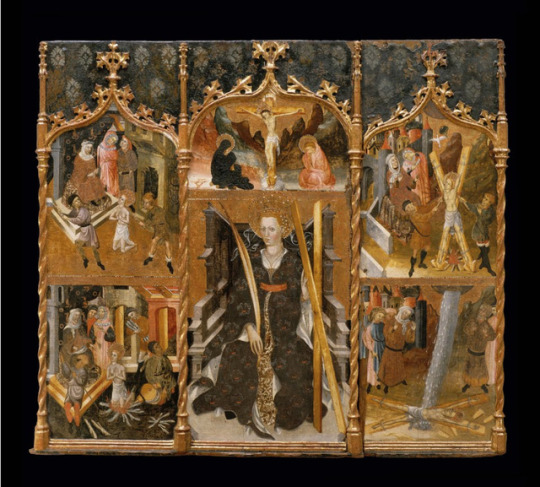
The episcopal museum of Vich was inaugurated in the year 1891 by the bishop Josep Morgades, who at the time presided the Archaeological Society of Vich. This society had created the Lapidary Museum on the occasion of the discovery of the Roman Temple of Vich in the year 1882, base of the Episcopal Museum.
His first installations occupied the space located on the cloister of the cathedral of Vich and the palace of the bishop. In 1898 he was appointed conservator of the Josep Gudiol i Conill Museum, thanks to which the collections increased considerably. This work was continued with great effort, between 1931 and 1978, by Eduard Junyent. With the great increase of the collections in 1941 they moved to the old school of Sant Josep, located next to the cathedral. In 1995, under the architectural direction of Alfons Milà and Frederic Correa, the school of Sant Josep was rebuilt, building a new building to house the large collections it has available.1 In 2001, the Generalitat de Catalunya declared it a museum of national interest .
The Episcopal Museum of Vic conserves a magnificent collection of medieval art with paintings and sculpture from the Catalan Romanesque and Gothic periods. The collections of precious metals, textile, foundry, glass and ceramics offer a complete journey through the history of liturgical and decorative art in Catalonia.
All of the collections housed in the Museum’s permanent exhibition are ordered chronologically and stylistically.
The archaeological collection covers a wide time span, ranging from pre-history to late antiquity and the high medieval period. Next to it we find the lapidary, which contains works in stone ranging from the Romanesque to Baroque periods.
The Romanesque and Gothic rooms contain the museums most valuable works, which have brought it worldwide renown. Of particular note from the Romanesque period is the Descent from the Cross from Erill la Vall and the canopy from the Valley of Ribes, as well as an important group of altar frontals.
Outstanding works from the Gothic collection include the Virgin of Boixadors, the altarpiece depicting the Passion by Bernat Saulet and works by the greatest Catalan artists of this period, such as Pere Serra, Lluís Borrassà, Bernat Martorell and Jaume Huguet. The creation of an outstanding area which recalls the architectural forms of our Gothic patios allows perfect viewing of the magnificent Gothic altarpieces of Santa Clara and Guimerà, the works of Lluís Borrassà and Ramon de Mur respectively.
var quads_screen_width = document.body.clientWidth; if ( quads_screen_width >= 1140 ) { /* desktop monitors */ document.write('<ins class="adsbygoogle" style="display:inline-block;width:468px;height:60px;" data-ad-client="pub-9117077712236756" data-ad-slot="9839843423" >'); (adsbygoogle = window.adsbygoogle || []).push({}); }if ( quads_screen_width >= 1024 && quads_screen_width < 1140 ) { /* tablet landscape */ document.write('<ins class="adsbygoogle" style="display:inline-block;width:468px;height:60px;" data-ad-client="pub-9117077712236756" data-ad-slot="9839843423" >'); (adsbygoogle = window.adsbygoogle || []).push({}); }if ( quads_screen_width >= 768 && quads_screen_width < 1024 ) { /* tablet portrait */ document.write('<ins class="adsbygoogle" style="display:inline-block;width:468px;height:60px;" data-ad-client="pub-9117077712236756" data-ad-slot="9839843423" >'); (adsbygoogle = window.adsbygoogle || []).push({}); }if ( quads_screen_width < 768 ) { /* phone */ document.write('<ins class="adsbygoogle" style="display:inline-block;width:468px;height:60px;" data-ad-client="pub-9117077712236756" data-ad-slot="9839843423" >'); (adsbygoogle = window.adsbygoogle || []).push({}); }
The liturgical materials and clothing collection illustrates their evolution from the III to the XX century. Here we can find the pallium of the Witches, as well as other works of unquestionable historical and artistic value.
The glassware, leatherwork, precious metals and ceramics take us on a journey through the history of liturgical and decorative art in Catalonia.
On completing the tour of the permanent exhibition you can continue your visit around the study galleries. These visitable storerooms follow the same criteria of chronological and stylistic ordering for all collections.
OPENING TIMES
Tuesday to Friday, 10 a.m. to 7 p.m. (April to September)Tuesday to Friday, 10 a.m. to 1 p.m. and 3 p.m. to 6 p.m. (October to March)Saturday, 10 a.m. to 7 p.m.Sunday and holidays, 10 a.m. to 2 p.m.
Study Galleries
Morning from 12 p.m. to 13 p.m.
Afternoon from 17 p.m. to 18 p.m.
The Museum is closed on Mondays; 1st and 6th January; Easter Sunday; and 25th and 26th December
VISITS
Guided visits
Every Saturday and Sunday at 12 noon, free guided visit to the Romanesque and Gothic Art collections. Free service for the Museum visitors.
Multimedia guide
Adapted for Apple and android systems, offers a tour through Romanesque great collection of the MEV.
Family visits
Discover the mediaeval world. Participative visit with the family to the Romanesque and Gothic collections. Every Sunday at 11 a.m. 5 years minimum. Free service for the Museum visitors.
Group visits
Guided visits for groups from Tuesday to Sunday. Available in different languages. The Museum purposes visits for groups to all its collections or a mediaeval tour of the Romanesque and Gothic painting and sculpture rooms. We offer a one hour and 30 minutes or a two-hour visit according to the group’s interests. Group visits must be booked in advance, whether they are guided or not. For further information and bookings call 938 869 360 or send an email
FACILITIES
Rest area
On the second floor, with views to the Romanesque bell tower of the Cathedral and the historical center of Vic town.
Observation sheets
At the entrance of the Museum you can ask for free materials to make a family museum visit.
Accessibility
The Museu Episcopal de Vic guarantees that all persons have access to the exhibition rooms, the Museum’s services and activities. The Museum has elevators, ramps and bathrooms that are adapted for visitors with mobility impairments. Free wheel-chair service.
Cloakroom
The Museum has a free cloakroom at the entrance. For security reasons you must deposit bags, backpacks, umbrellas or objects larger than 40x40cm in the cloakrooms. The Museum shall not be held responsible for any article left in the cloakroom.
Museu Episcopal de Vic, Spain was originally published on HiSoUR Art Collection
0 notes
Text
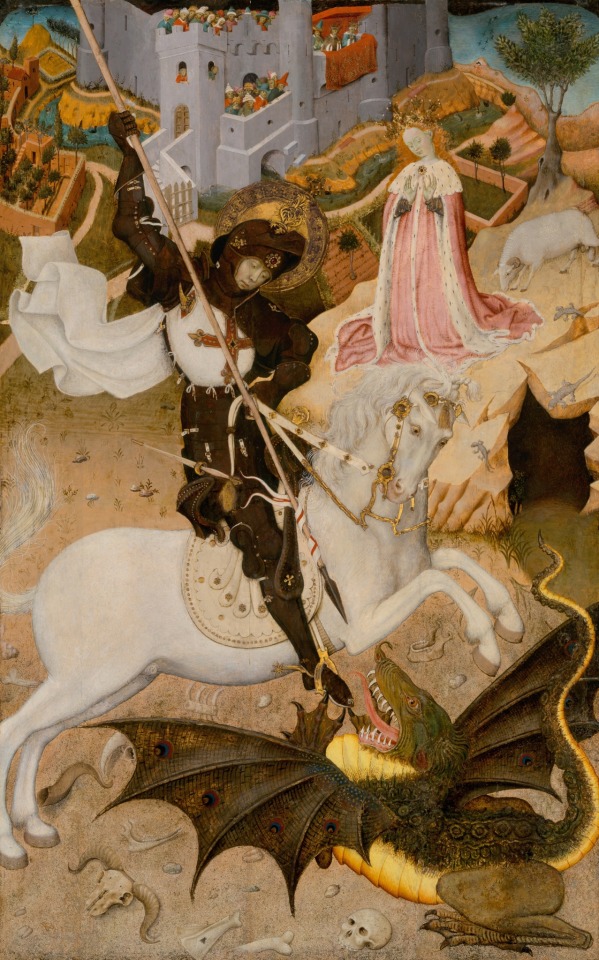
Saint George and the Dragon
Bernat Martorell
1434
338 notes
·
View notes